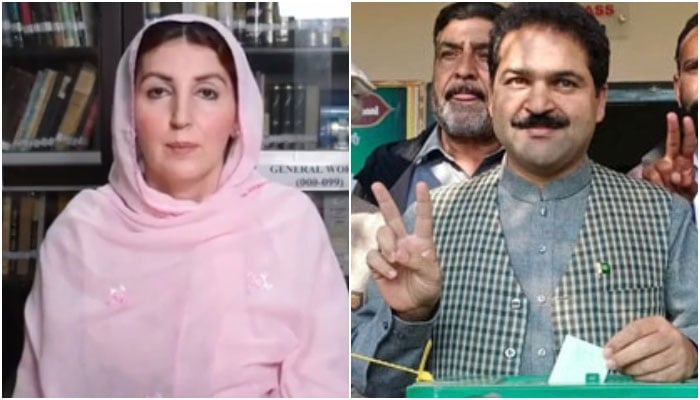(Publish from Houston Texas USA)
(By: Mian Iftikhar Ahmad)
The by-elections of 2025 emerged not merely as a procedural exercise to fill a few vacant seats but as an event that significantly influenced Pakistan’s political landscape, reflected public sentiment, tested the government’s performance, reshaped the opposition’s strategy, and provided a preview of what the next general elections might look like. These elections took place in a complex environment shaped by judicial decisions, resignations, the passing of elected representatives, administrative actions by the Election Commission, and ongoing political instability. As a result, the by-elections became more than a local contest — they became a national political indicator.
The background of these by-elections was marked by multiple layers of political and administrative developments. In some constituencies, the seats fell vacant due to court-ordered disqualifications; in others, members resigned because of internal party conflicts or alliance-based disputes; and in a few cases, the unfortunate death of elected members necessitated the elections. These vacated seats appeared at a time when Pakistan was already facing high inflation, unemployment, economic pressure, IMF-mandated adjustments, governance challenges, and politically charged rhetoric from both sides of the aisle.
This was the primary reason why the public considered these by-elections not as routine polls but as a referendum on governance. Political parties also understood the stakes, which is why the election campaigns were exceptionally aggressive. The level of activity resembled general elections: corner meetings, public gatherings, social media campaigns, door-to-door canvassing, and intense focus on both local and national issues. Local concerns such as gas shortages, electricity load-shedding, water supply, schooling, roads, sanitation, agriculture, industrial revival, and job opportunities remained central to voters’ discussions. At the same time, broader national concerns – economic reforms, inflation, petroleum prices, law and order, institutional stability, foreign relations, and IMF policies – also became part of election speeches.
The reasons behind the by-elections also elevated political tension. In some constituencies, government coalition partners parted ways, causing resignations; in others, the disqualification of lawmakers forced new polls. A few constituencies had become vacant due to members’ passing. All these factors collectively created an electoral atmosphere where every party believed that victory in even a single seat could shape the narrative ahead of the general elections.
When we analyze the gains and losses, a mixed picture emerges for all political parties. The ruling coalition scored victories in constituencies where its chances were considered weak, sending a message that its governance narrative had not completely eroded. However, the government also faced unexpected defeats in several areas where public frustration over inflation, delayed relief, and slow progress on reforms appeared strongly in voting behavior. These setbacks served as a reminder that economic hardships still dominate voters’ decisions.
The opposition, on the other hand, treated these by-elections as a crucial opportunity to re-assert its presence. It gained surprising victories in a few constituencies where the government had historically enjoyed strong support. These wins bolstered the opposition’s claim that the public was dissatisfied and wanted change. Yet the opposition also suffered losses in regions where it expected comfortable results, demonstrating that anti-government rhetoric alone is not enough — voters increasingly demand practical solutions and concrete policy alternatives.
A key observation from these by-elections is that the Pakistani voter has become more conscious, independent, and performance-oriented. Traditional loyalties and tribal or family-based vote patterns are weakening. Instead, people are now making decisions based on service delivery, personal leadership credibility, and the ability of parties to address real issues.
The overall political temperature has risen significantly after these elections. Every party now understands that the upcoming general elections will be extremely competitive. Public expectations are higher than ever, and voters are no longer satisfied with slogans or emotional appeals. They want clear economic plans, transparent governance, and visible improvements in their daily lives.
For the government, these results have signaled that the next few months will be decisive. Without immediate economic relief, administrative efficiency, and progress on development projects, retaining public support will be challenging. For the opposition, the message is equally clear: victory in general elections requires more than criticizing the government – it requires offering a convincing and credible alternative.
In conclusion, the 2025 by-elections were far more than a contest for a handful of seats. They became a national political barometer, reflecting public mood, revealing changing political loyalties, reshaping strategic calculations, and setting the stage for the coming electoral battle. Through their vote, the people of Pakistan sent a crystal-clear message: they recognize the direction in which political winds are blowing, they demand performance rather than rhetoric, and they judge every party on the basis of real actions rather than promises.
These by-elections have introduced new challenges, created fresh momentum, and brought Pakistan’s politics into a phase where every decision — political, administrative, or economic – will have direct implications for the nation’s future



